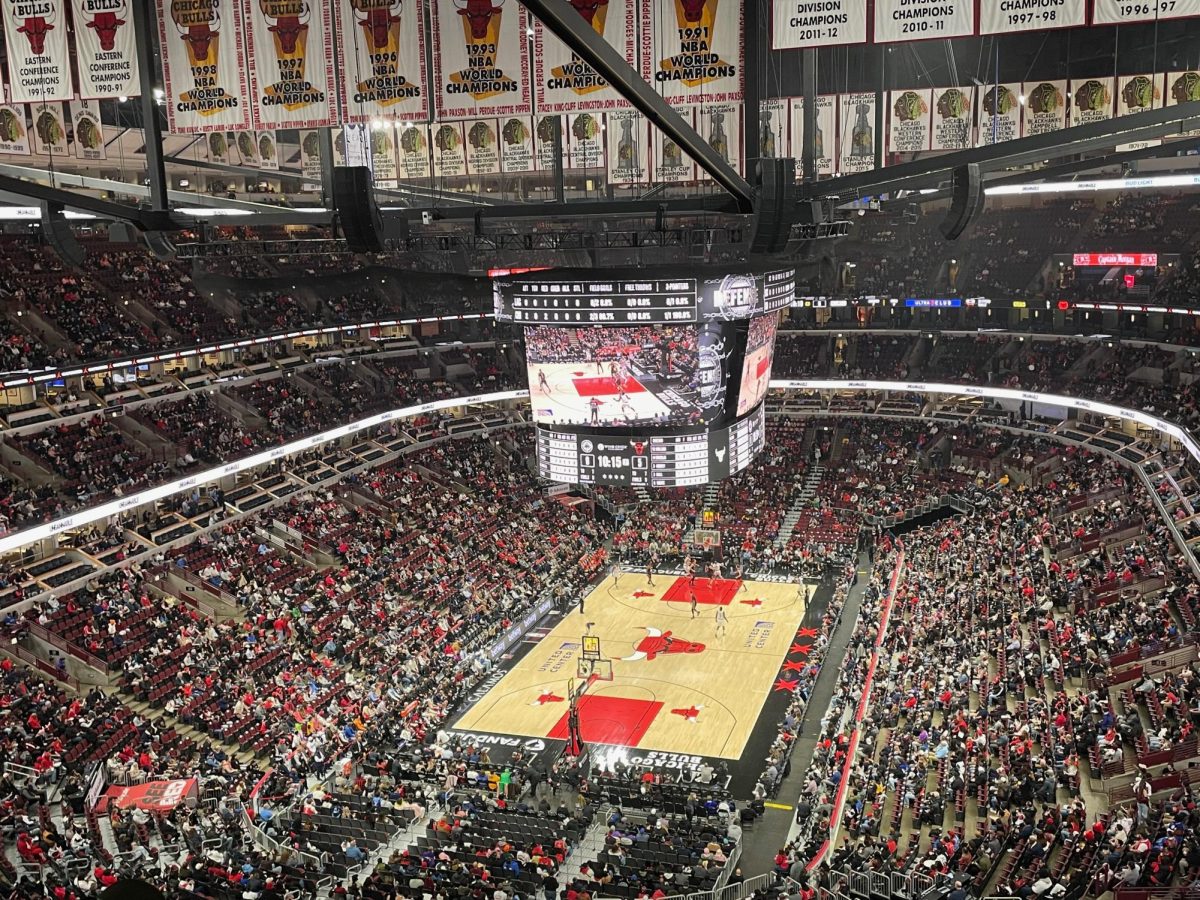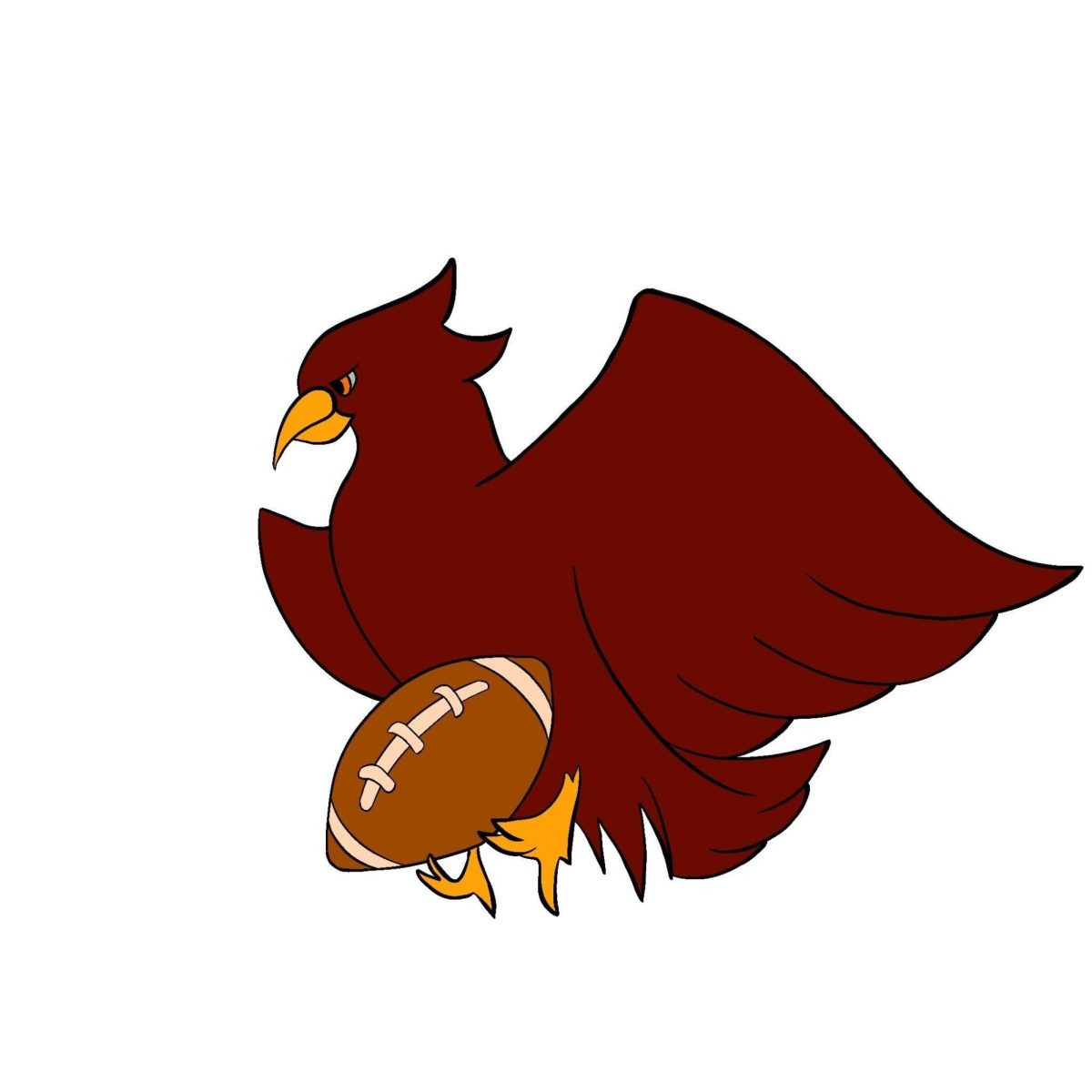On August 11, the Big Ten made an announcement that sent shockwaves through the college sports landscape: they canceled the fall football season. The Pacific-12 (Pac-12) quickly followed as well in cancelling their football and fall sport seasons. Many people were unsure whether or not the fall season would be postponed across all conferences. However, as time went on and the Atlantic Coast Conference (ACC), Southeastern Conference (SEC), and Big 12 showed that college football could occur “safely.” The Big Ten and Pac-12 then decided to come back, obviously not playing a part in their decision was the amount of TV revenue that they would lose: $50+ million per school for the Big Ten.
Now, one would expect that each conference would have the same guidelines to deal with the COVID-19 pandemic as the science is relatively consistent, right? Actually, that would not be the case. Looking at attendance for the games, the SEC, Big 12, and ACC have all allowed fans at the games, which is determined by the school and the individual state’s allowance of such activities. For example, University of Florida head coach Dan Mullen actually wanted to have an increase to the full capacity of 90,000 spectators from the current 17,000 allocation that the university has decided is safe. Although, this idea was hindered by the fact that a few days after these comments, Florida had to postpone their next two games as 21 players tested positive for COVID in two days, as well as Dan Mullen himself. Conversely, the Big Ten is not allowing any fans in their stadiums, with the only possible attendees being family members of players or staff. Also, the Big Ten will have constant crowd noise pumped in at 70 decibels and 90 decibels when the home team is on defense for a third down to counteract the lack of a home field advantage from fans.
One other major difference between the Big Ten and the other major conferences is the threshold that causes them to cancel a game. There is a 53-player requirement in the SEC, Big 12, and Pac 12, opening November 7, which means that as long as 53 players are able to play, they can play the game (a college football roster can usually have close to 100 players). In contrast, the Big Ten will cancel a game if “either team’s positivity rate is greater than 5 percent and its population—including coaches and on-field staff—is greater than 7.5 percent, the game will be canceled and considered a no contest” (Chicago Tribune). Additionally, if a Big Ten player tests positive for COVID-19, they would have to miss at the very least 21 days until they could practice or play in a game. The Big Ten kicked off their season this past weekend adhering to these guidelines and while so far it seems successful, it is too early to tell how well the season will go compared to their conference competitors that have already seen games canceled/postponed.







